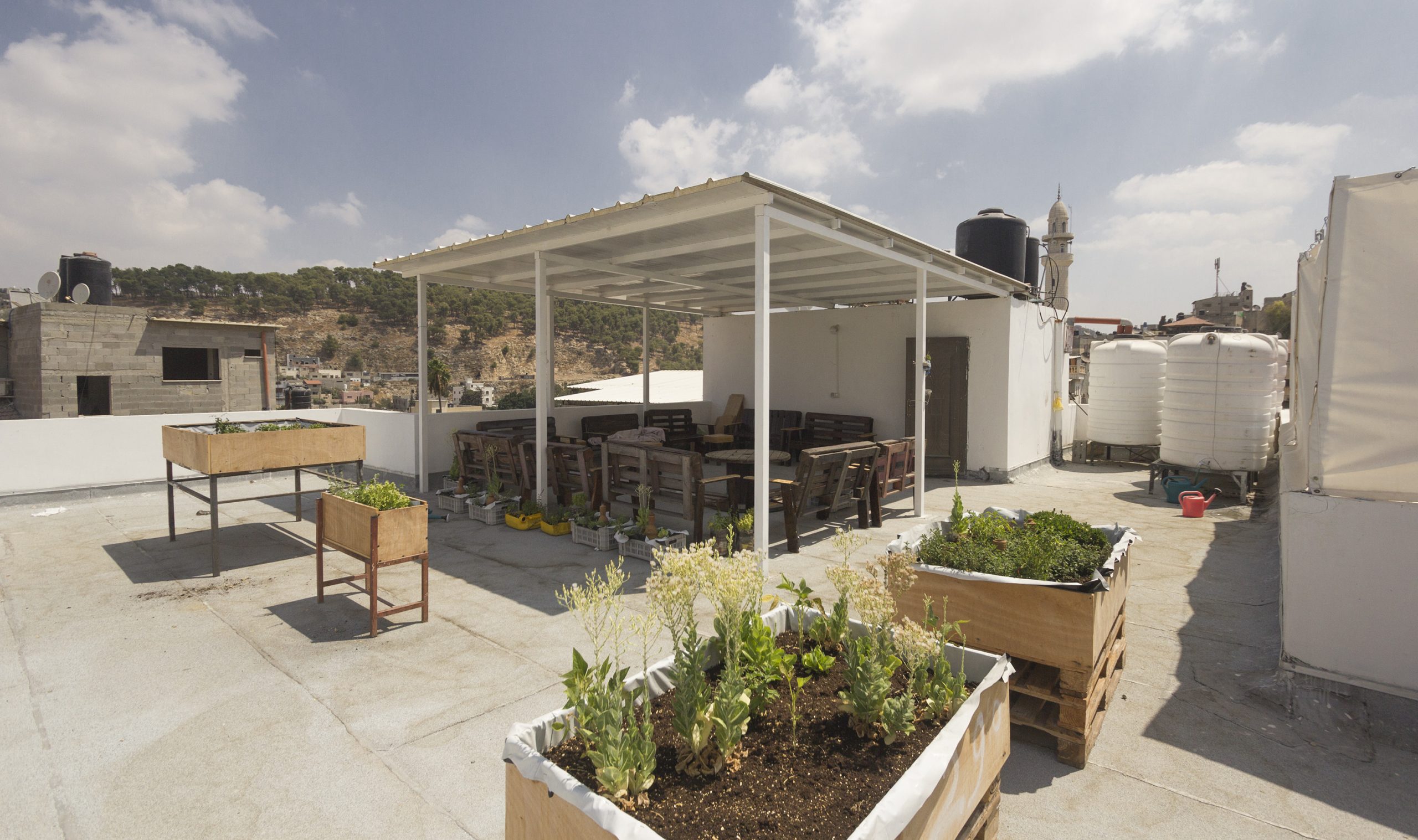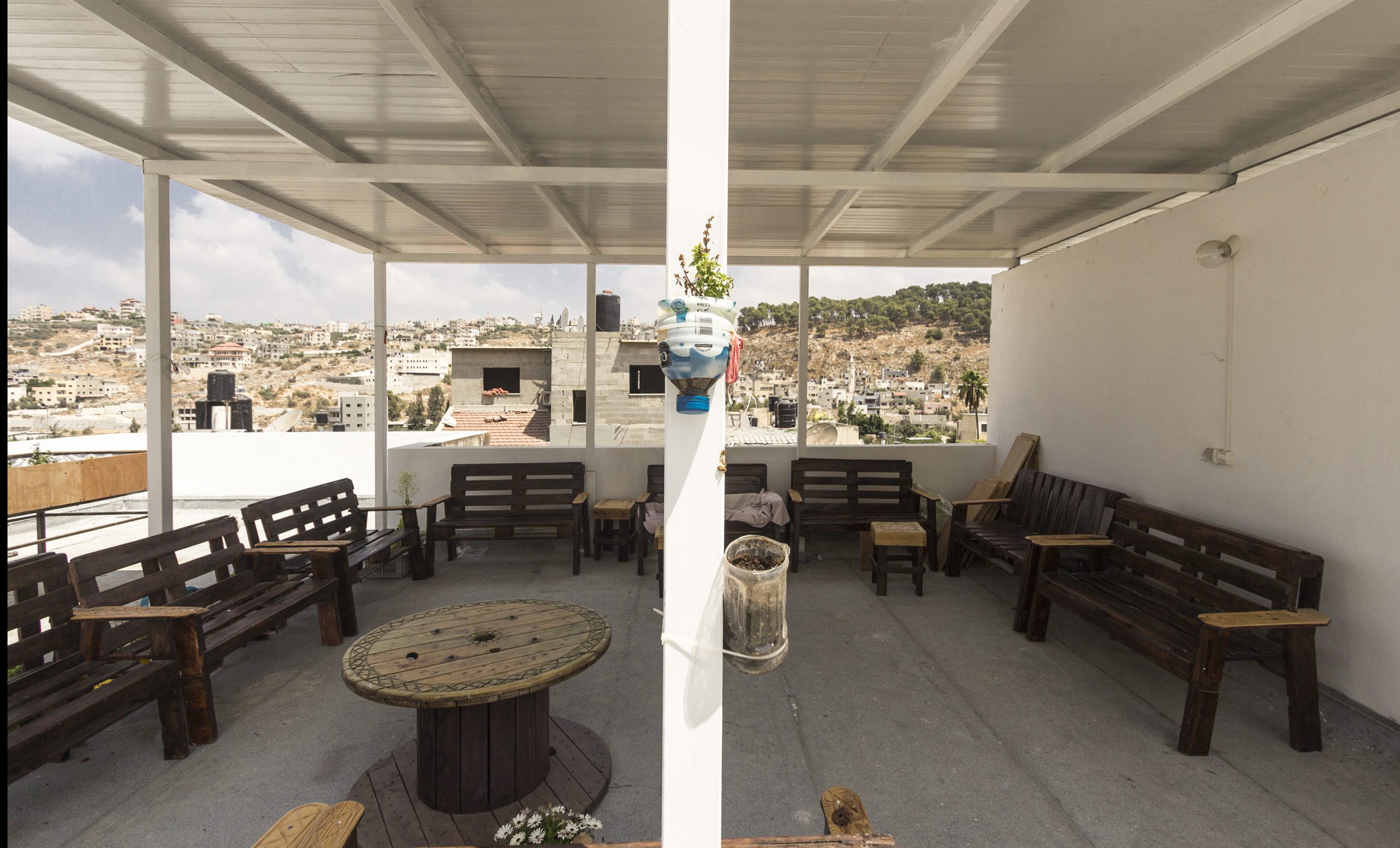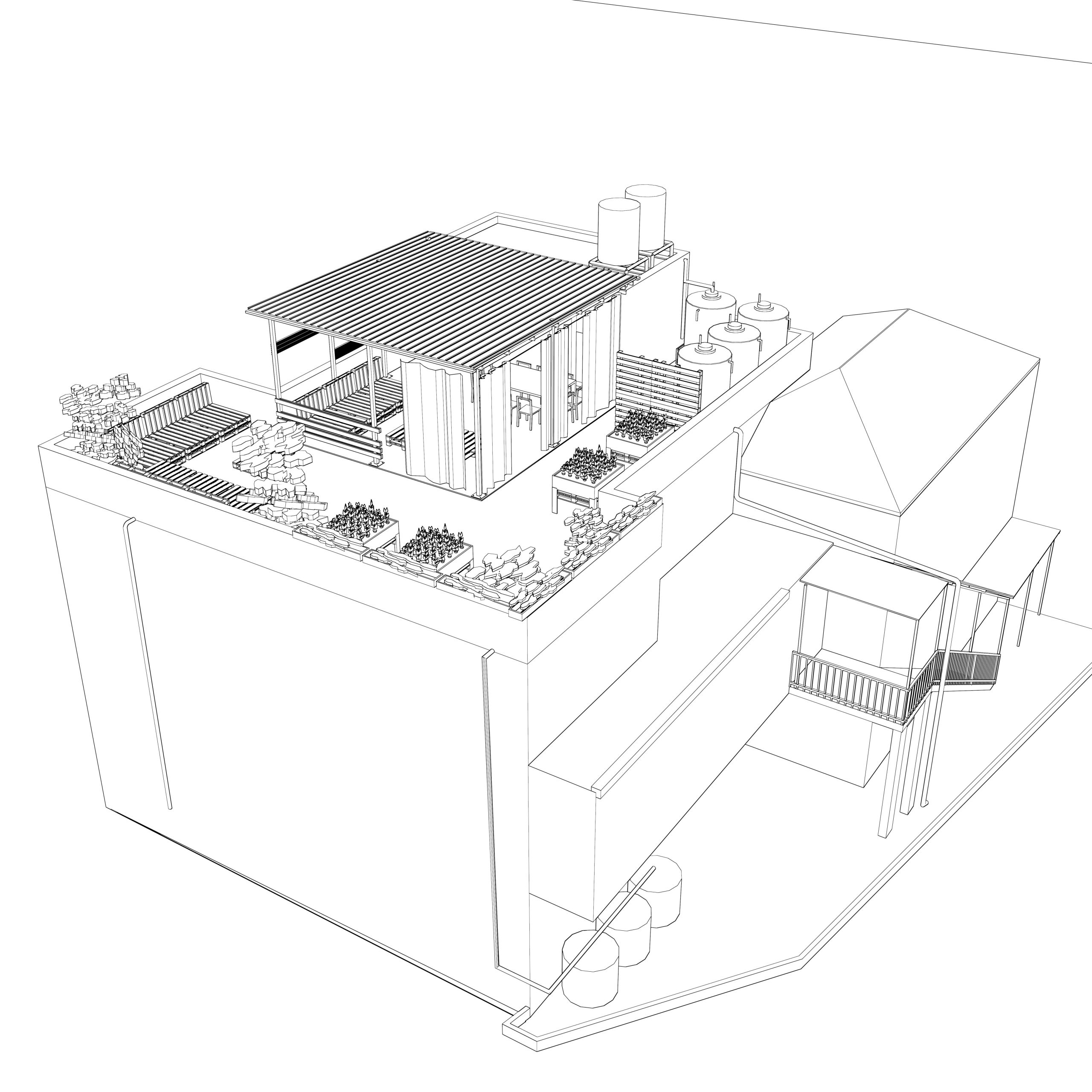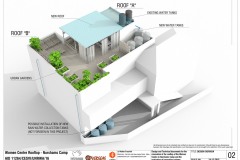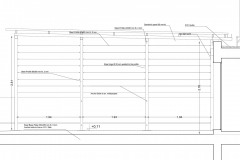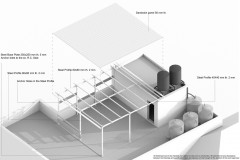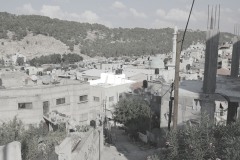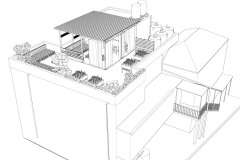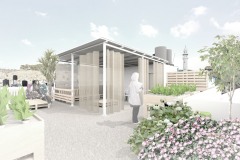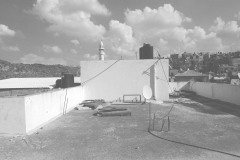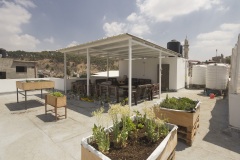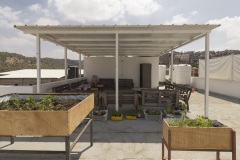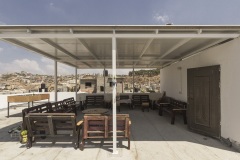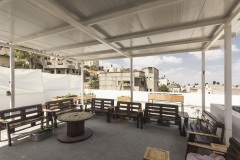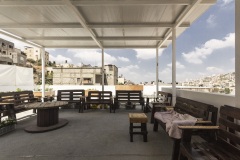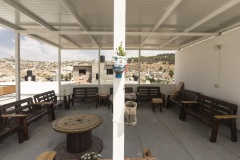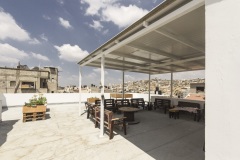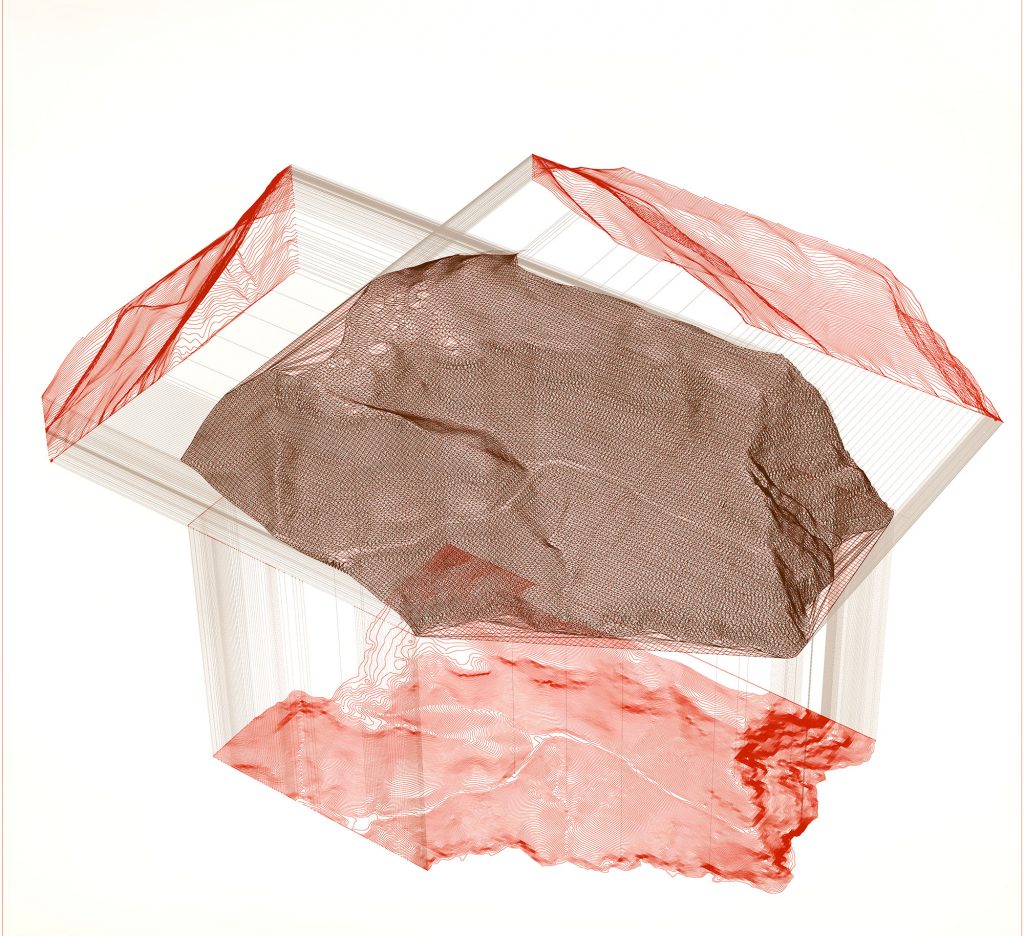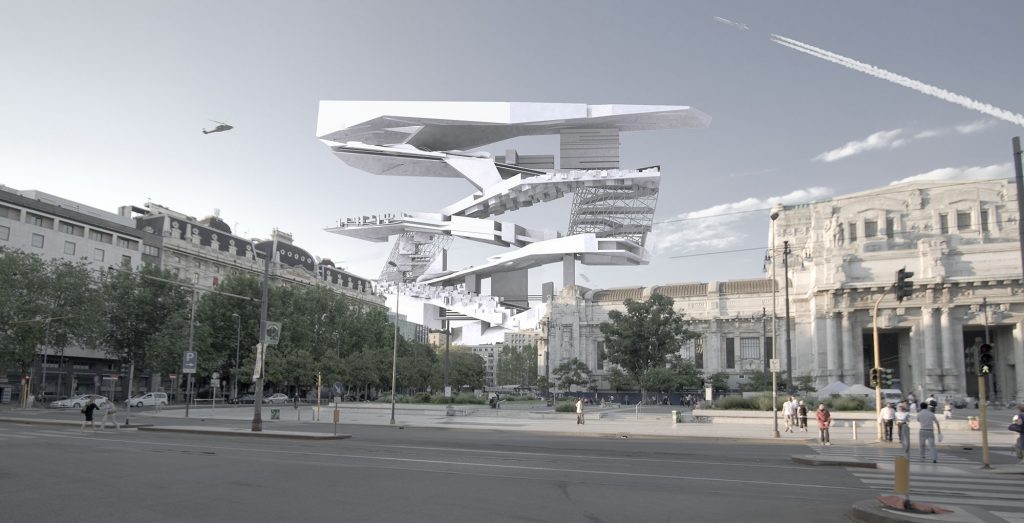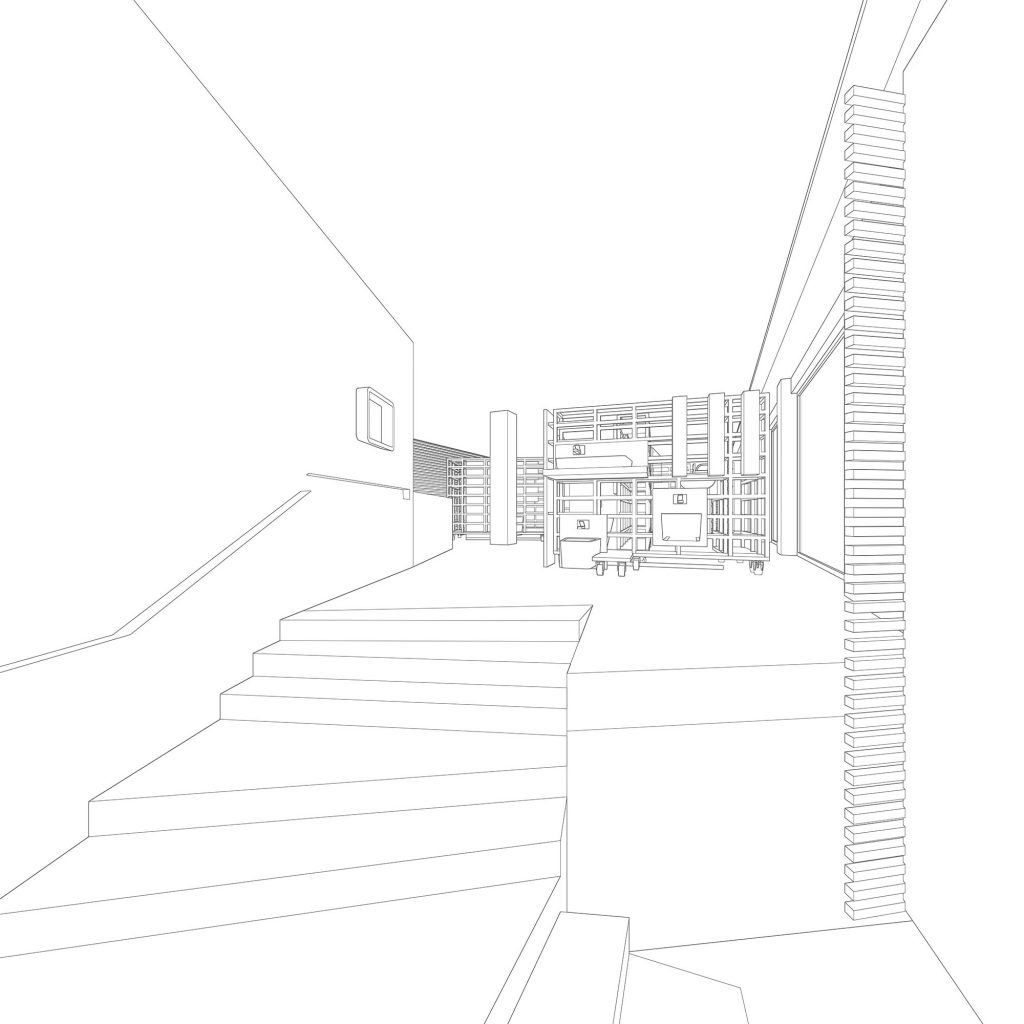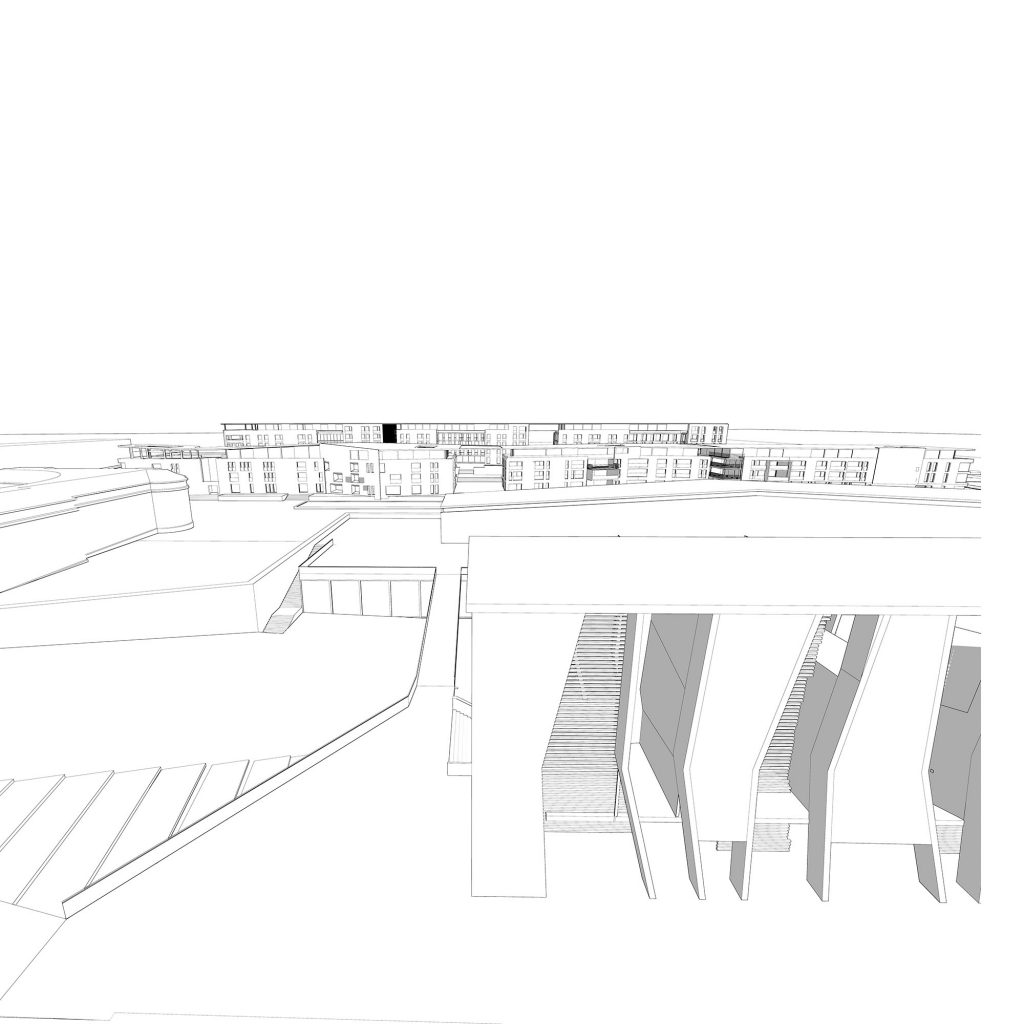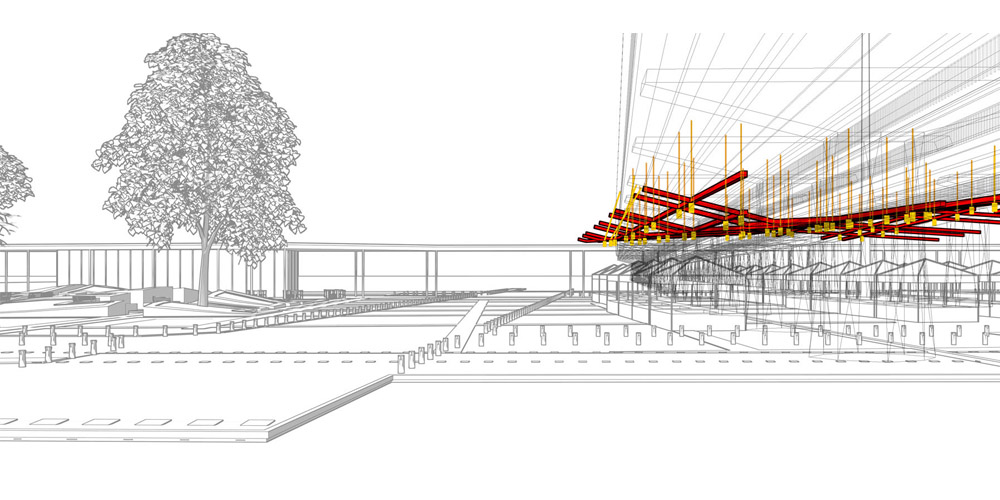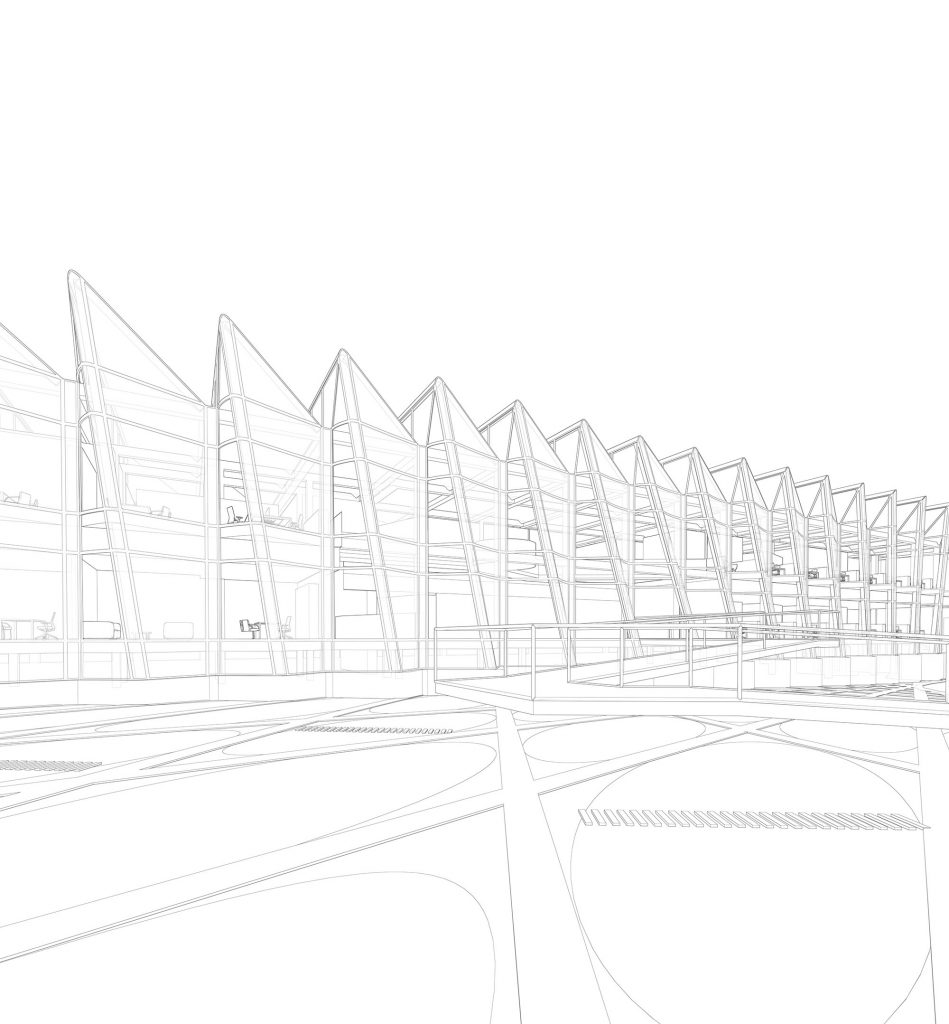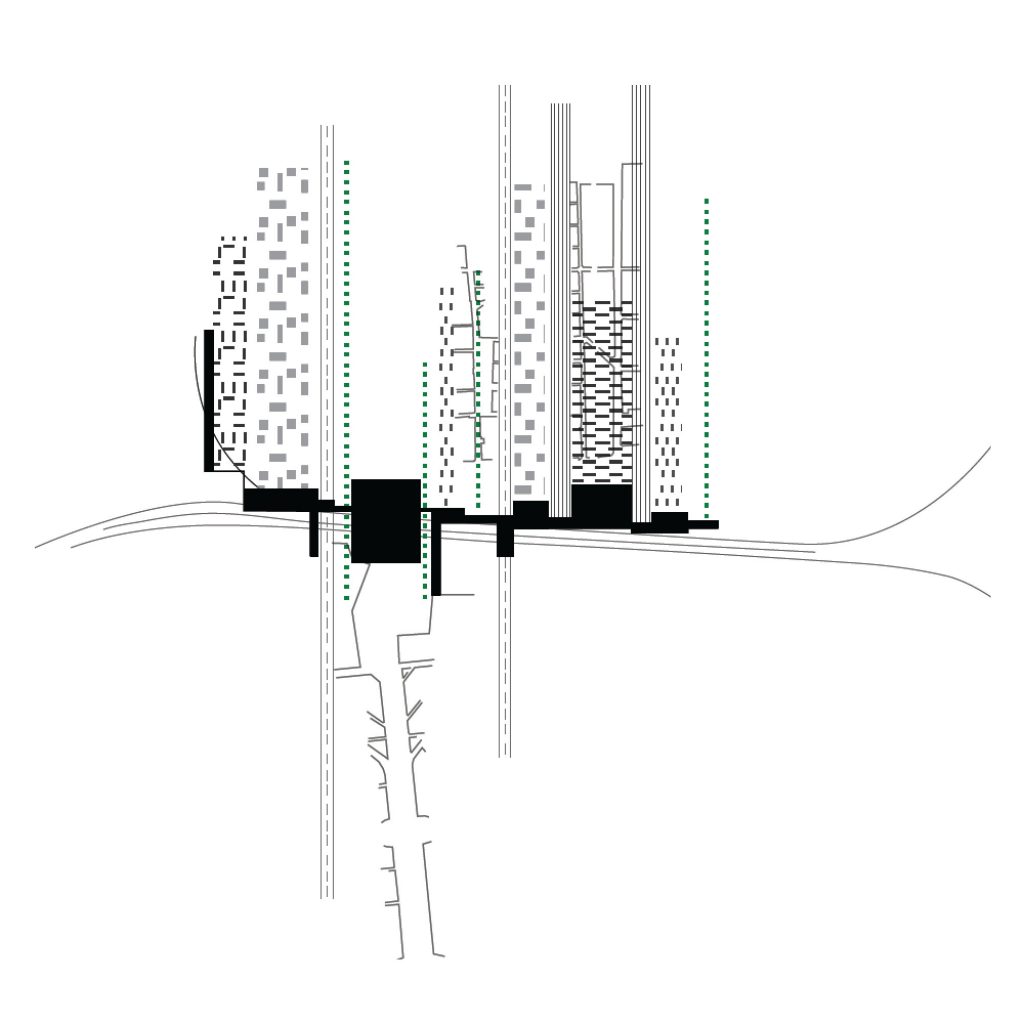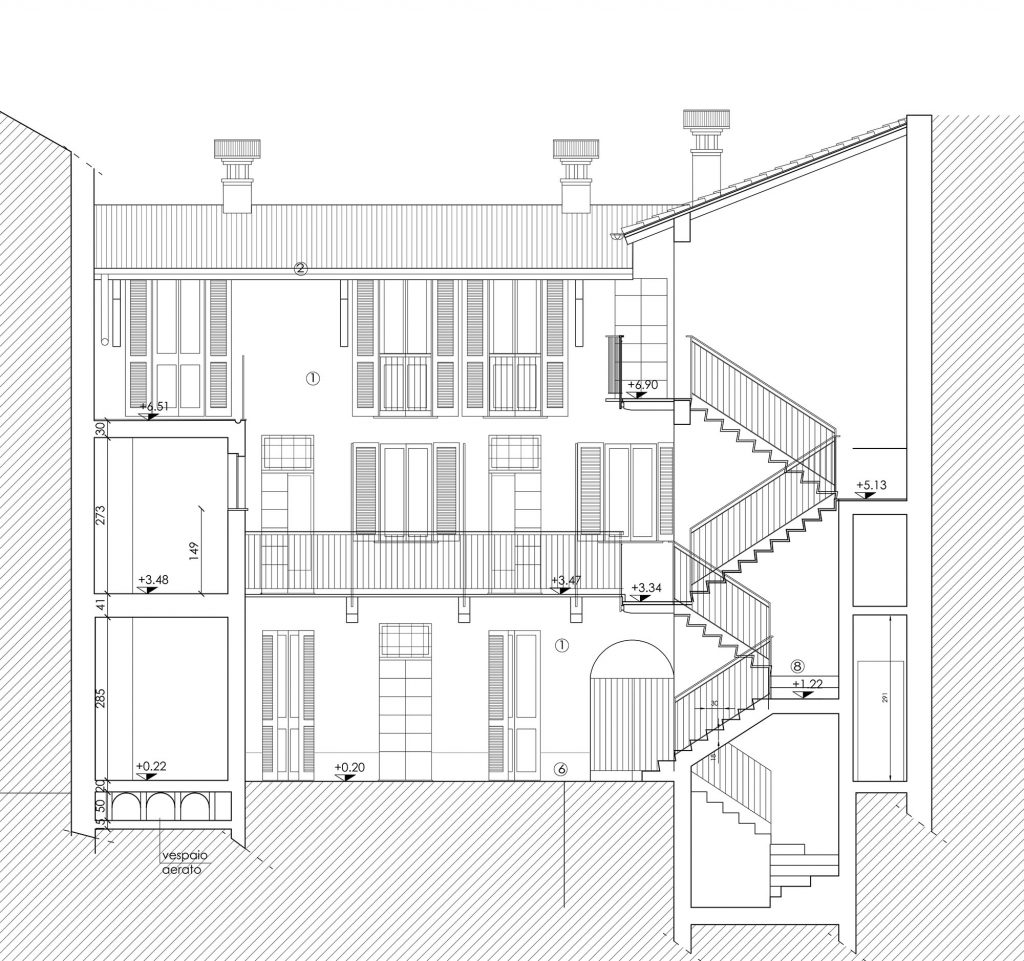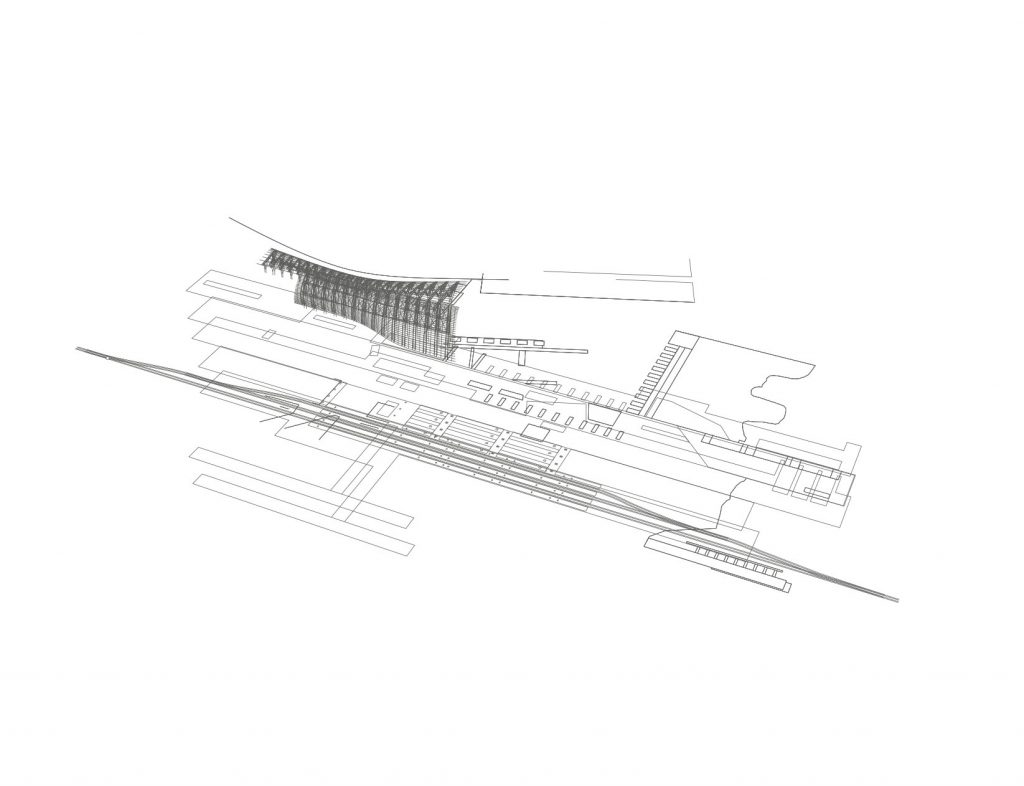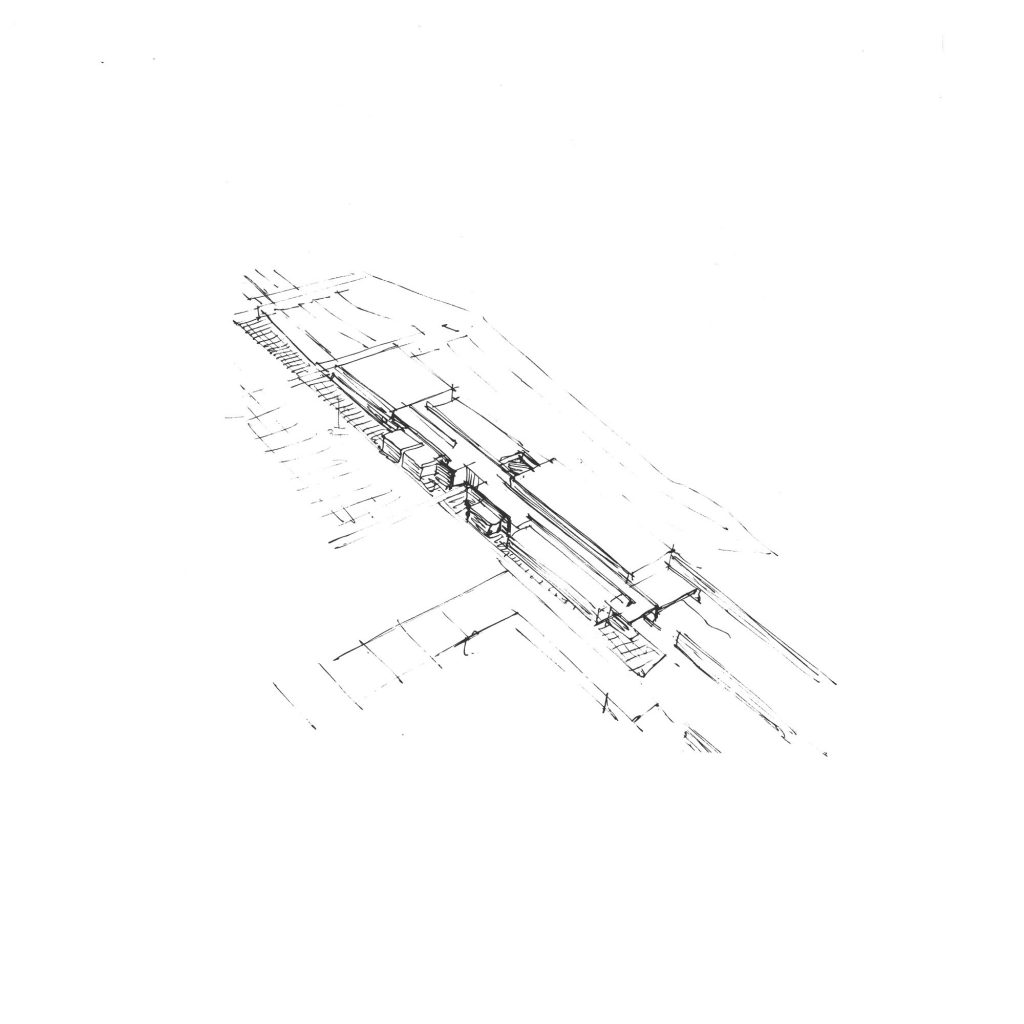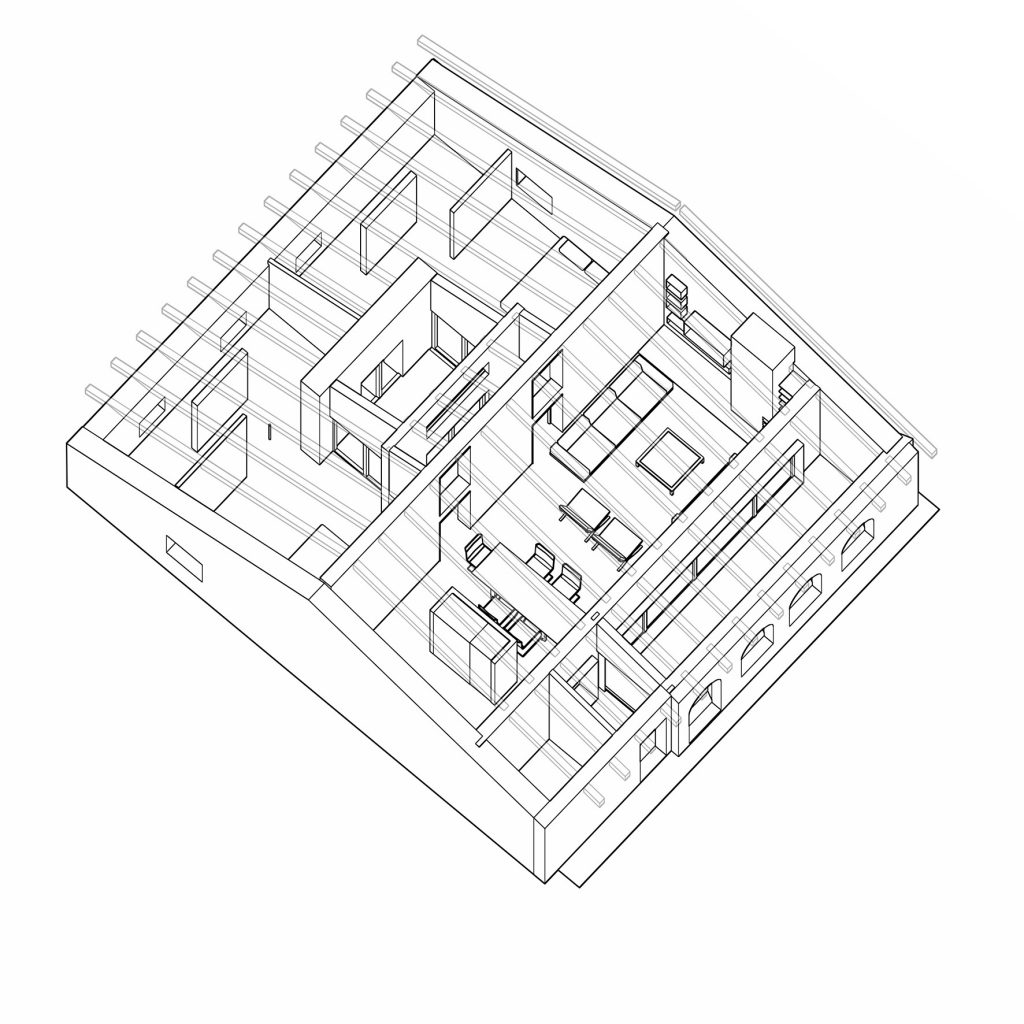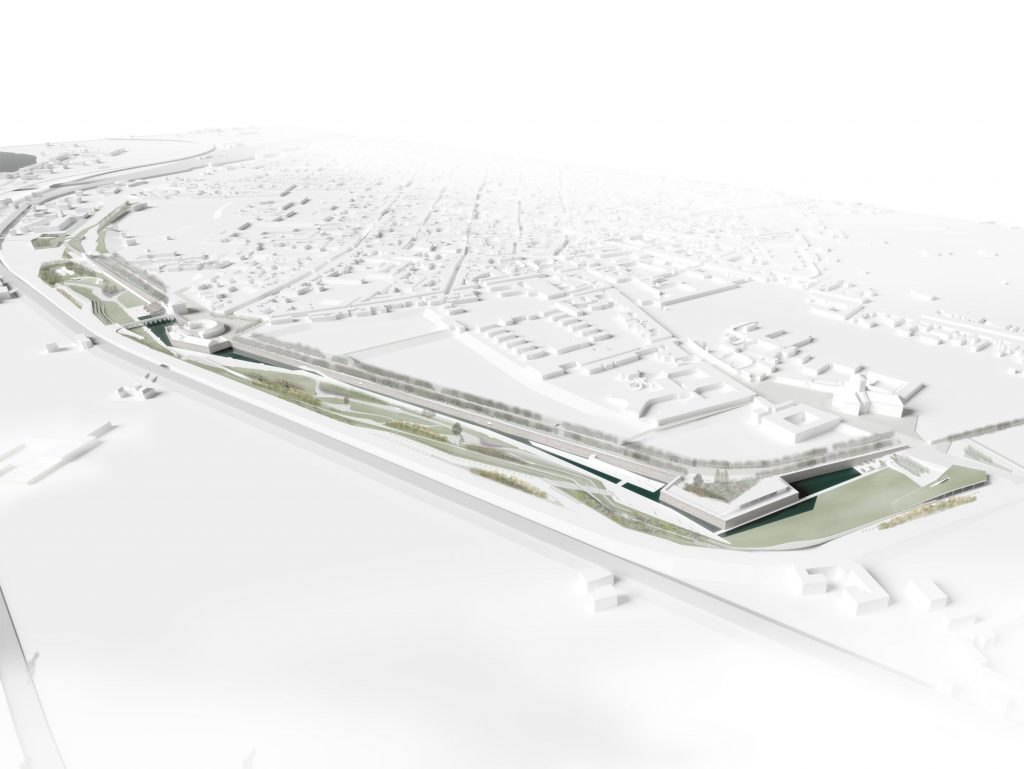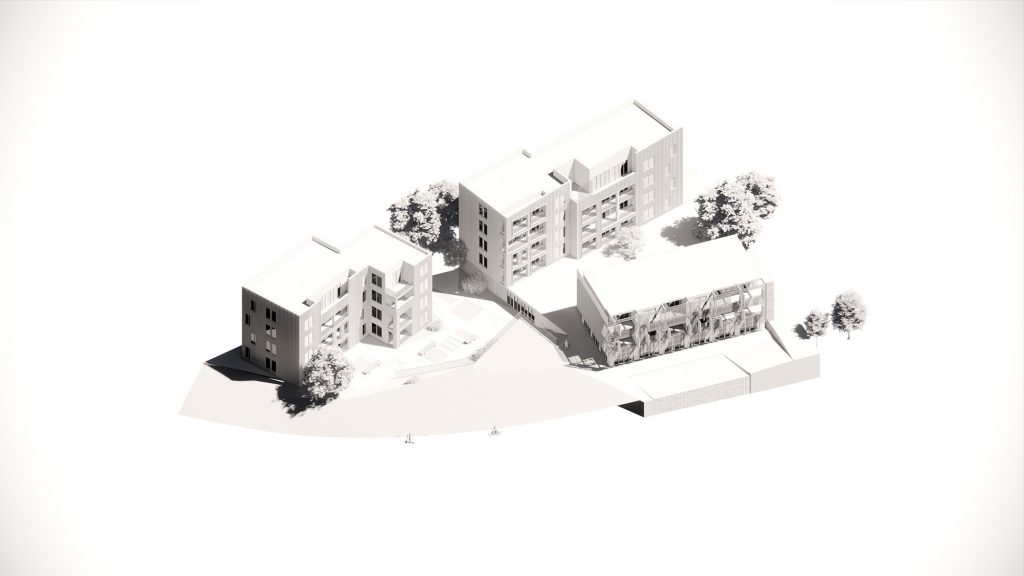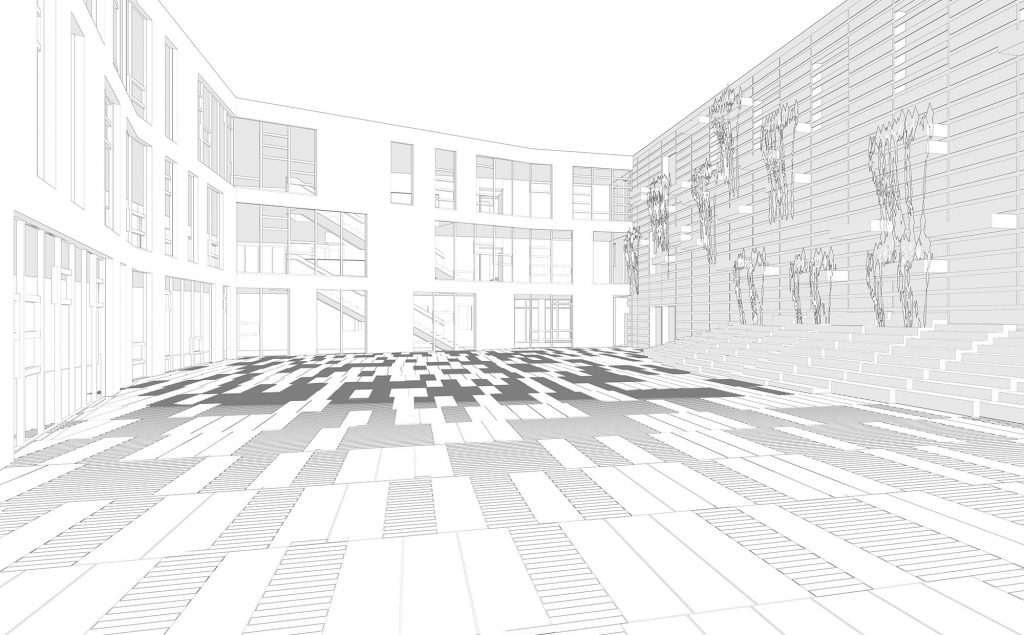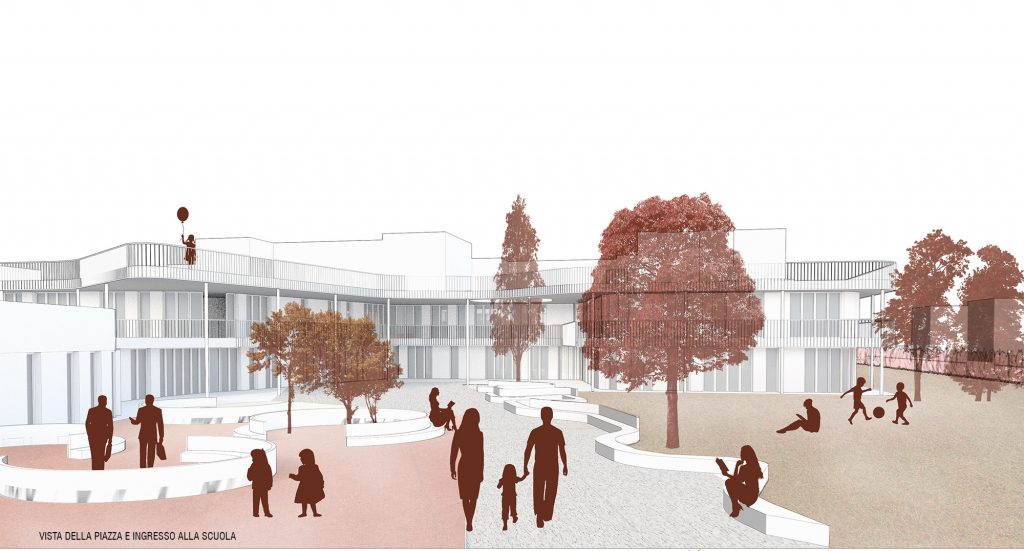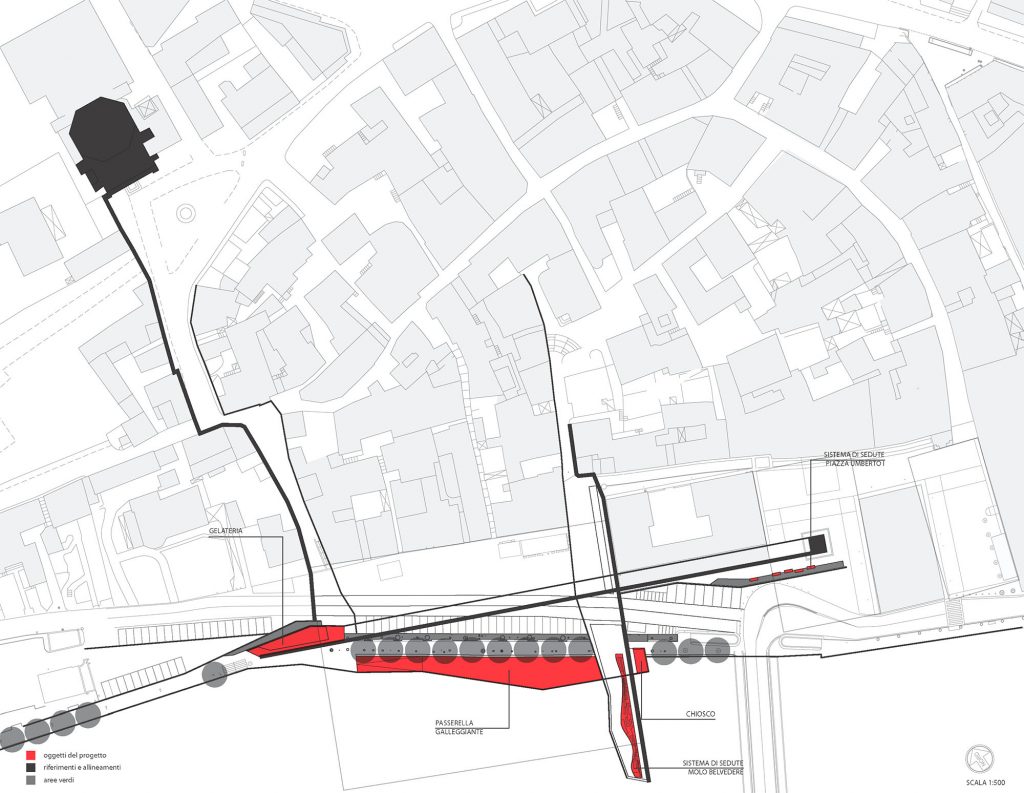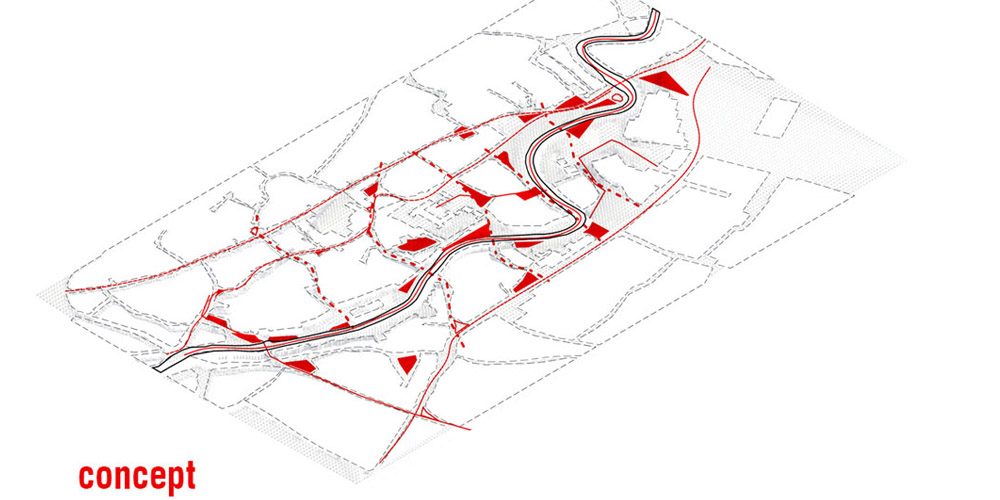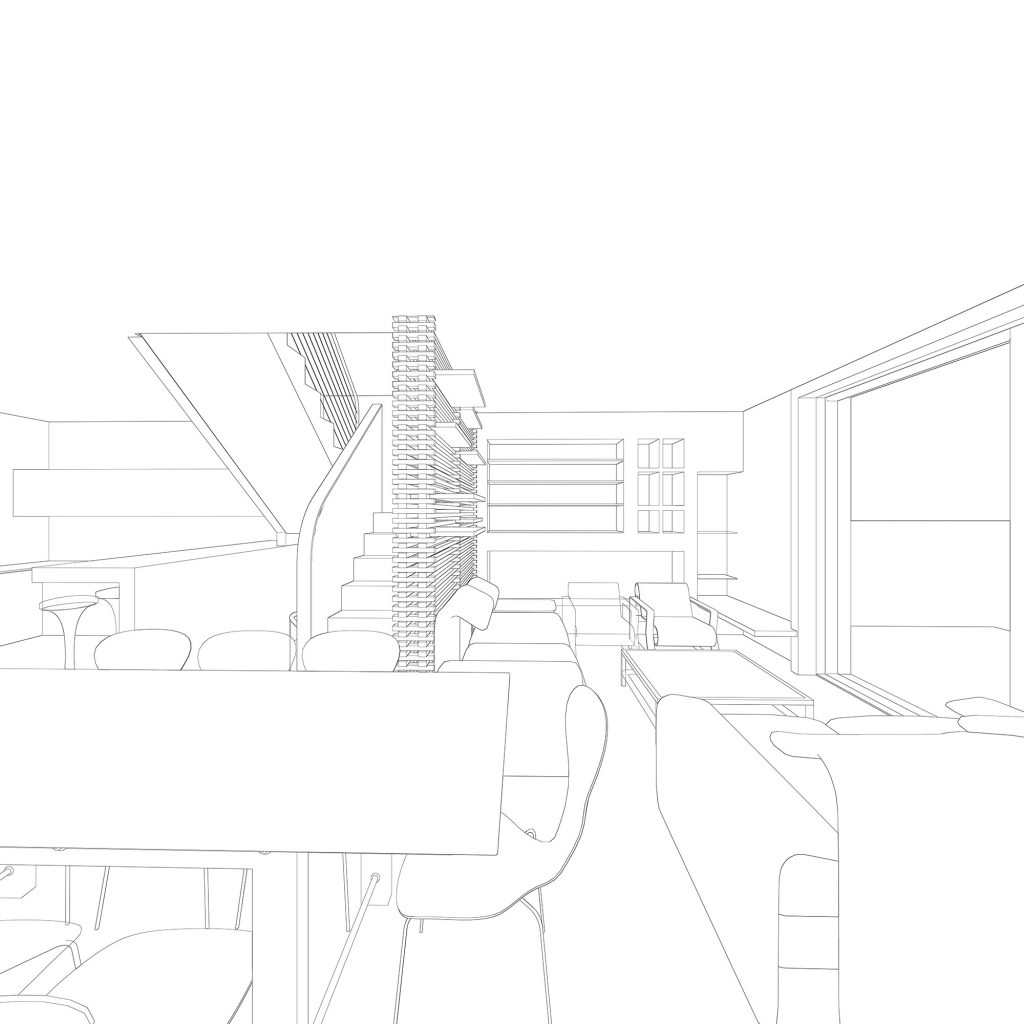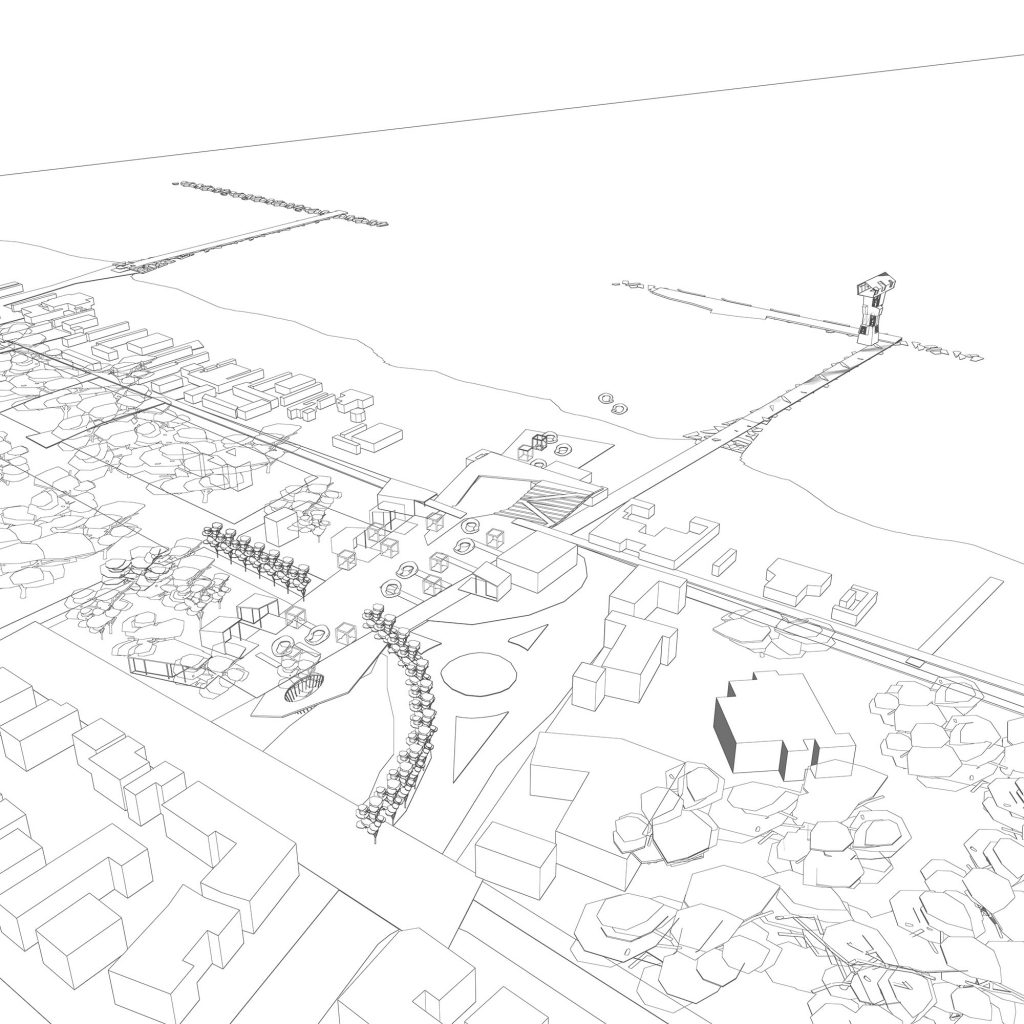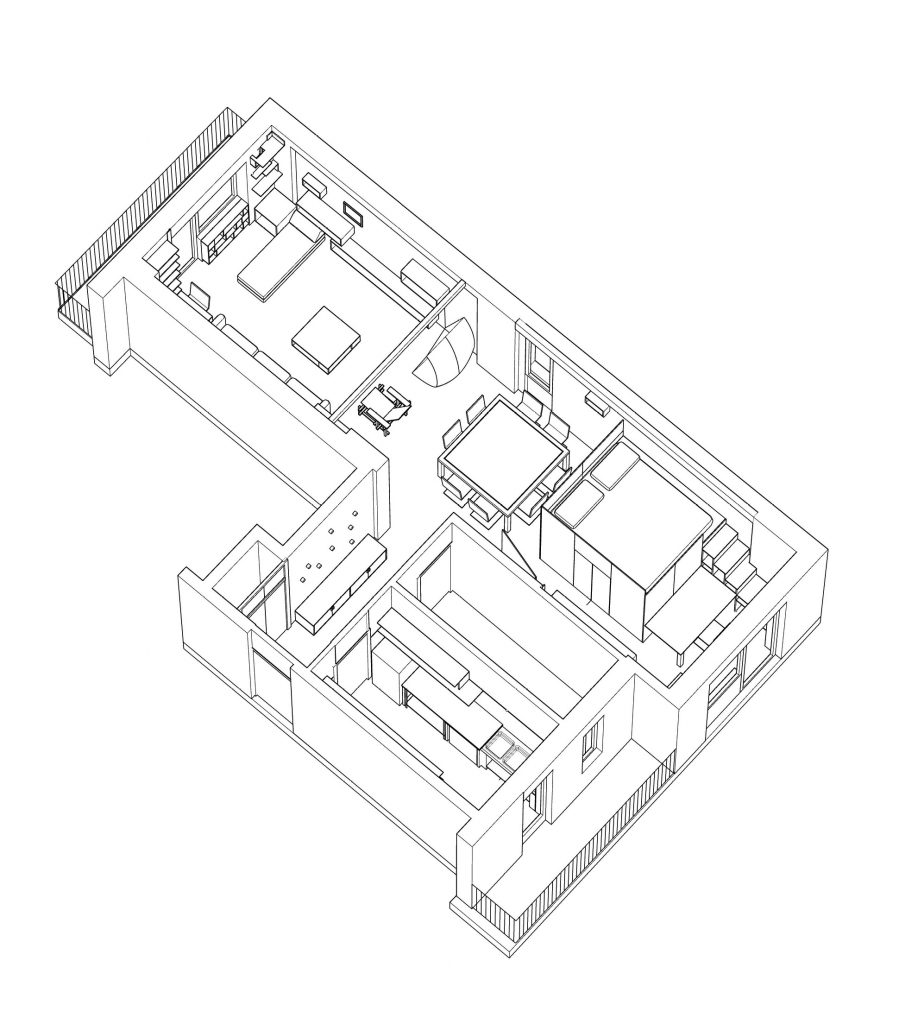Tulkarem
Renovation of the rooftop of the Women Centre in Nurshams Camp and the realization of harvesting systems.
Site: Tulkarem (West Bank)
Year: 2019
Women Centre Rooftop – Nurshams Camp – AID 11264/CESVI/UNRWA/16
Client: CESVI – OVERSEAS
CONCEPT
Project title: Integrated approach for an improved solid waste management system,
environmental awareness and education in healthy eating for refugees in Nurshams and Tulkarem camps
Implemented by: CESVI, OVERSEAS
AID 11264/CESVI/UNRWA/16
In Partnership with: Nurshams Camp Women’s Centre
Nurshams Camp Popular Committee
Project Period: Nov. 2018 – Mar. 2019
Donor: Italian Agency for Development Cooperation
The project concerns the renovation of the roof of the Women Center – Nurshams Camp and the realization of works in order to collect rainwater, store it and make it available for the irrigation of Urban Gardens that will be installed on the renovated roof (image 2).
These works will offer the opportunity to make the roof a livable space for people that use the Center. It is therefore envisaged the construction of a new roof that will allow, on the one hand, to use this space even in bad weather conditions and, on the other, the rainwater collection in tanks that will be installed at the level of the roof itself.
The current condition of the roof is degraded and the ineffectiveness of the current drainage systems evidenced by the consistent presence of stagnant water on its surface.
Given the average amount of rainwater that annually falls in the design area it is possible to plan the dimensions of the collection surfaces in relation to the expected needs. The need for water for irrigation and maintenance of each urban garden, as indicated by the technicians of the University of Bologna, is roughly 1500 l per year.
The project foresees the collection of rainwater in tanks up to a maximum of 6000 l; the total surfaces of the “new roof” and “Roof A” are therefore considered broadly sufficient to meet this requirement and it will be possible to realize up to 4 Urban Garden Units.
The use of these two surfaces to collect rainwater allows the installation of the collection tanks directly on the “roof A”. It will therefore be possible to have access to the water directly from the roof without providing for the installation of expensive pumping plants and solar panels that would require complex maintenance.

